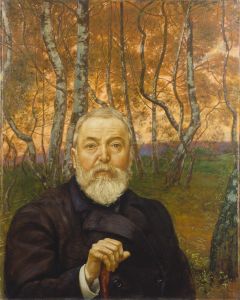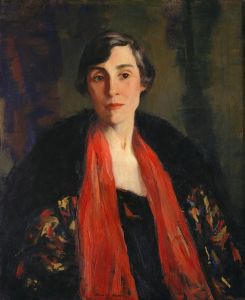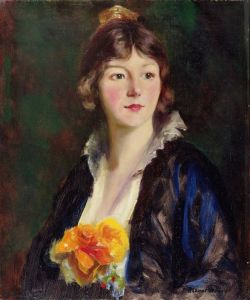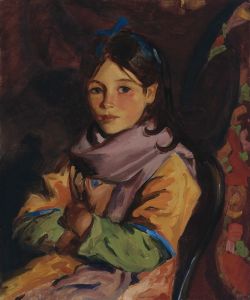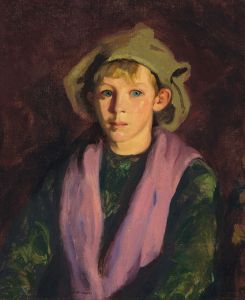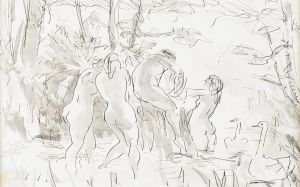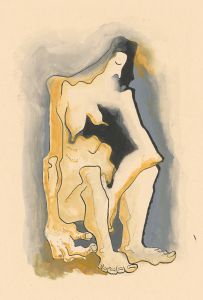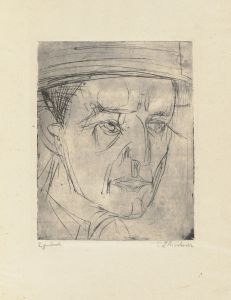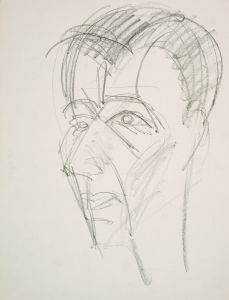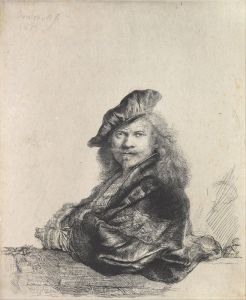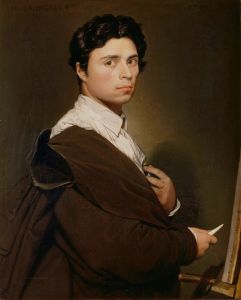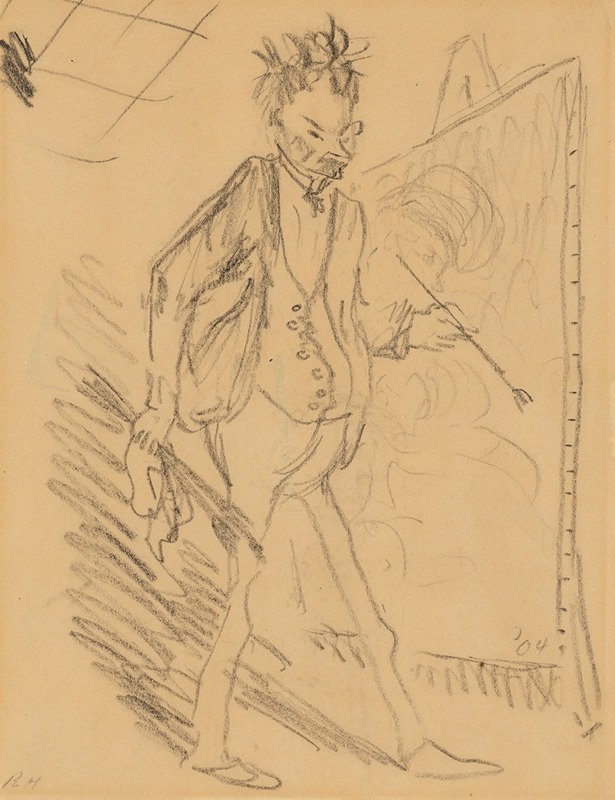
Self-Portrait
A hand-painted replica of Robert Henri’s masterpiece Self-Portrait, meticulously crafted by professional artists to capture the true essence of the original. Each piece is created with museum-quality canvas and rare mineral pigments, carefully painted by experienced artists with delicate brushstrokes and rich, layered colors to perfectly recreate the texture of the original artwork. Unlike machine-printed reproductions, this hand-painted version brings the painting to life, infused with the artist’s emotions and skill in every stroke. Whether for personal collection or home decoration, it instantly elevates the artistic atmosphere of any space.
Robert Henri's "Self-Portrait" is a notable work by the American painter, who was a leading figure in the Ashcan School of American Realism. Henri, born Robert Henry Cozad in 1865, was an influential artist and teacher, known for his dynamic and expressive style. His self-portrait is a reflection of his artistic philosophy and personal identity, capturing the essence of his character and approach to art.
Henri painted his self-portrait in 1903, a period when he was deeply involved in the art scene of New York City. This was a time when he was advocating for a more realistic and gritty portrayal of everyday life, opposing the more genteel and polished styles that dominated the American art world at the time. His self-portrait embodies this philosophy, presenting a direct and unembellished depiction of himself.
The painting is executed with bold brushwork and a keen attention to the play of light and shadow, characteristics that are hallmarks of Henri's style. He uses a limited color palette, focusing on earthy tones that lend the portrait a sense of immediacy and intimacy. The background is kept simple, ensuring that the viewer's attention remains on the subject's face and expression.
In the self-portrait, Henri presents himself with a serious and contemplative expression, which may reflect his introspective nature and dedication to his craft. His gaze is direct, engaging the viewer and inviting them to consider the artist not just as a creator but as an individual with thoughts and emotions. This approach is consistent with Henri's belief that art should convey the truth of human experience and emotion.
Henri's influence extended beyond his own work; he was a pivotal figure in the development of early 20th-century American art. As a teacher at the Art Students League of New York and other institutions, he mentored a generation of artists who would go on to shape American modernism. His teachings emphasized the importance of personal vision and the portrayal of contemporary life, principles that are evident in his self-portrait.
The "Self-Portrait" by Robert Henri is housed in the National Portrait Gallery in Washington, D.C., where it continues to be appreciated by art enthusiasts and scholars alike. It stands as a testament to Henri's skill as a painter and his commitment to an art that is both personal and universal.
In summary, Robert Henri's "Self-Portrait" is more than just an image of the artist; it is a window into his philosophy and the broader cultural shifts occurring in American art during his lifetime. Through this work, Henri not only captures his own likeness but also communicates his belief in the power of art to reflect the human condition.





